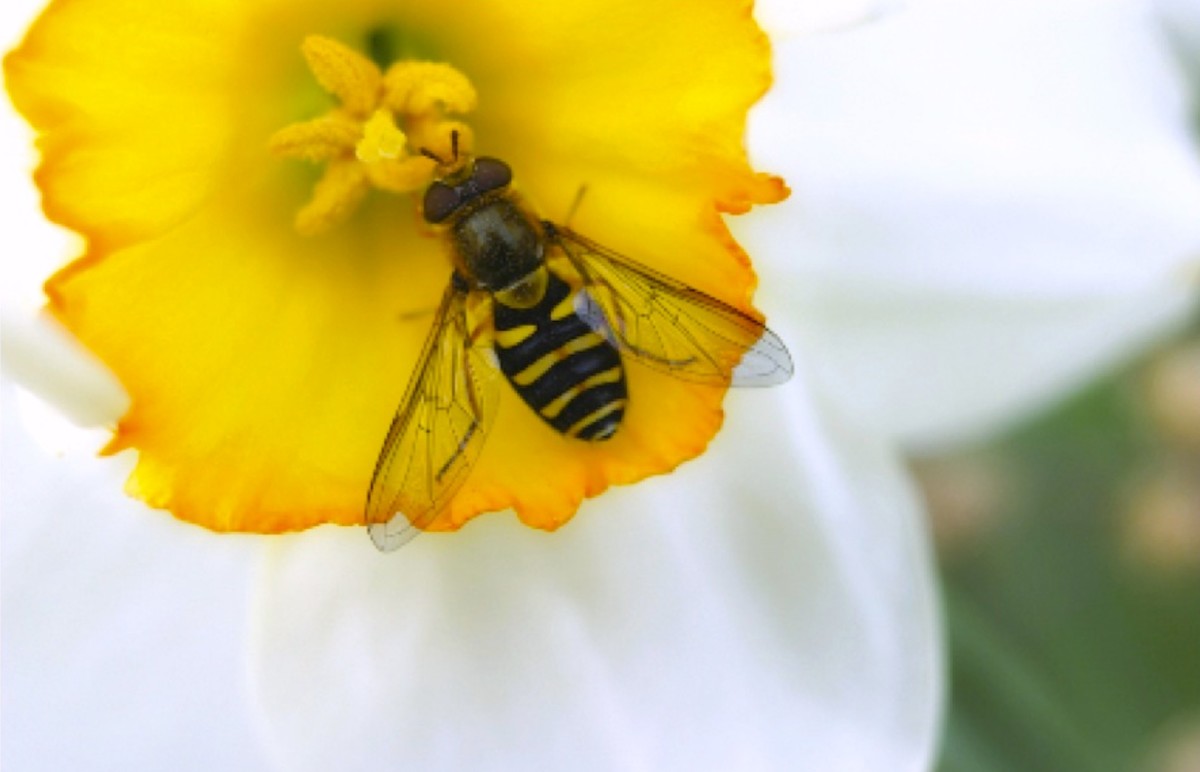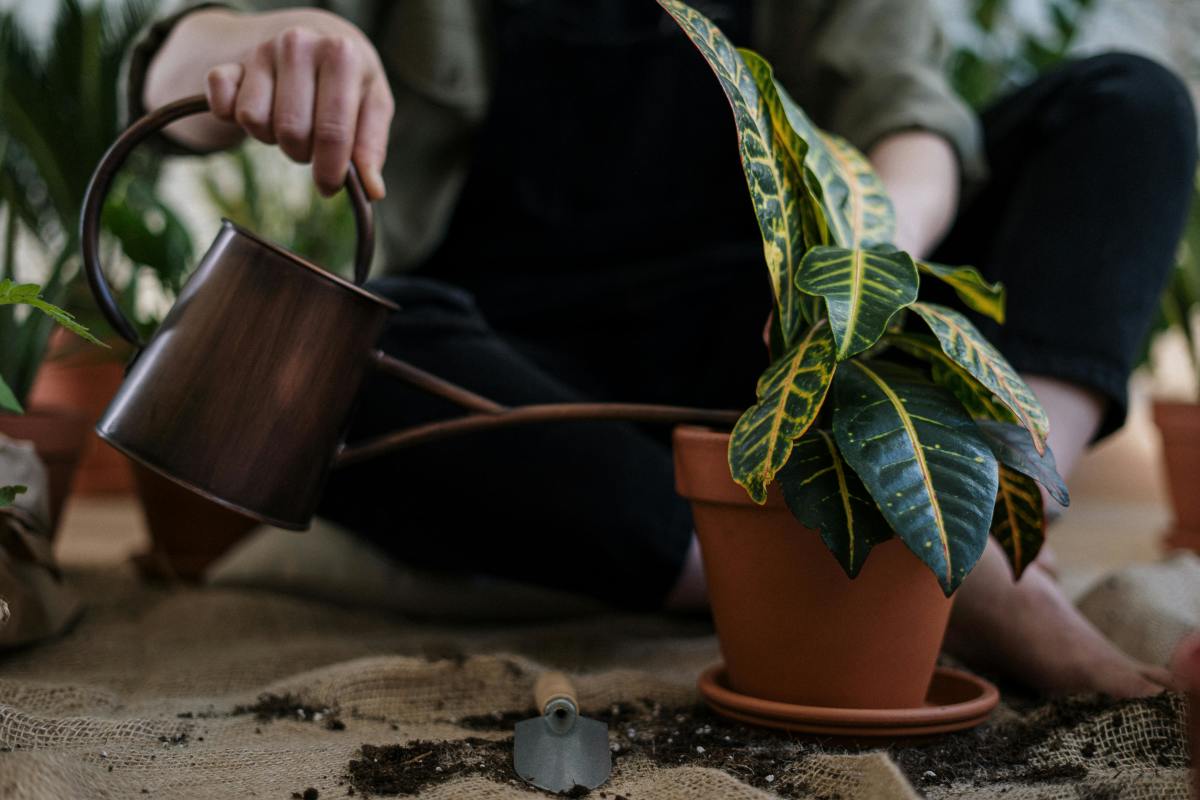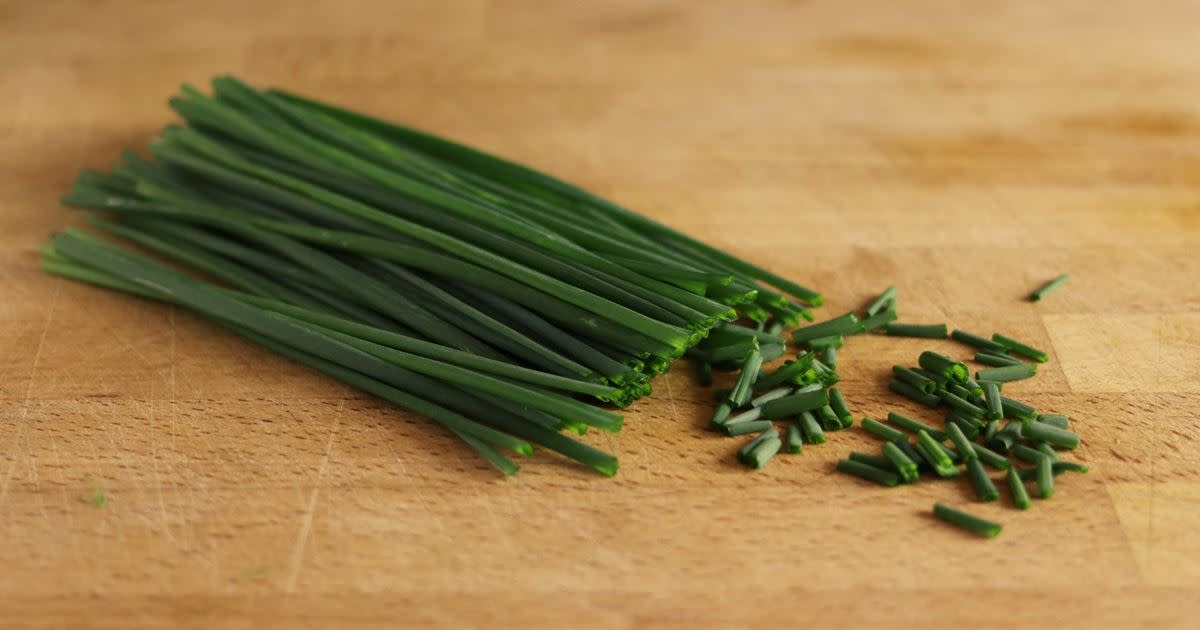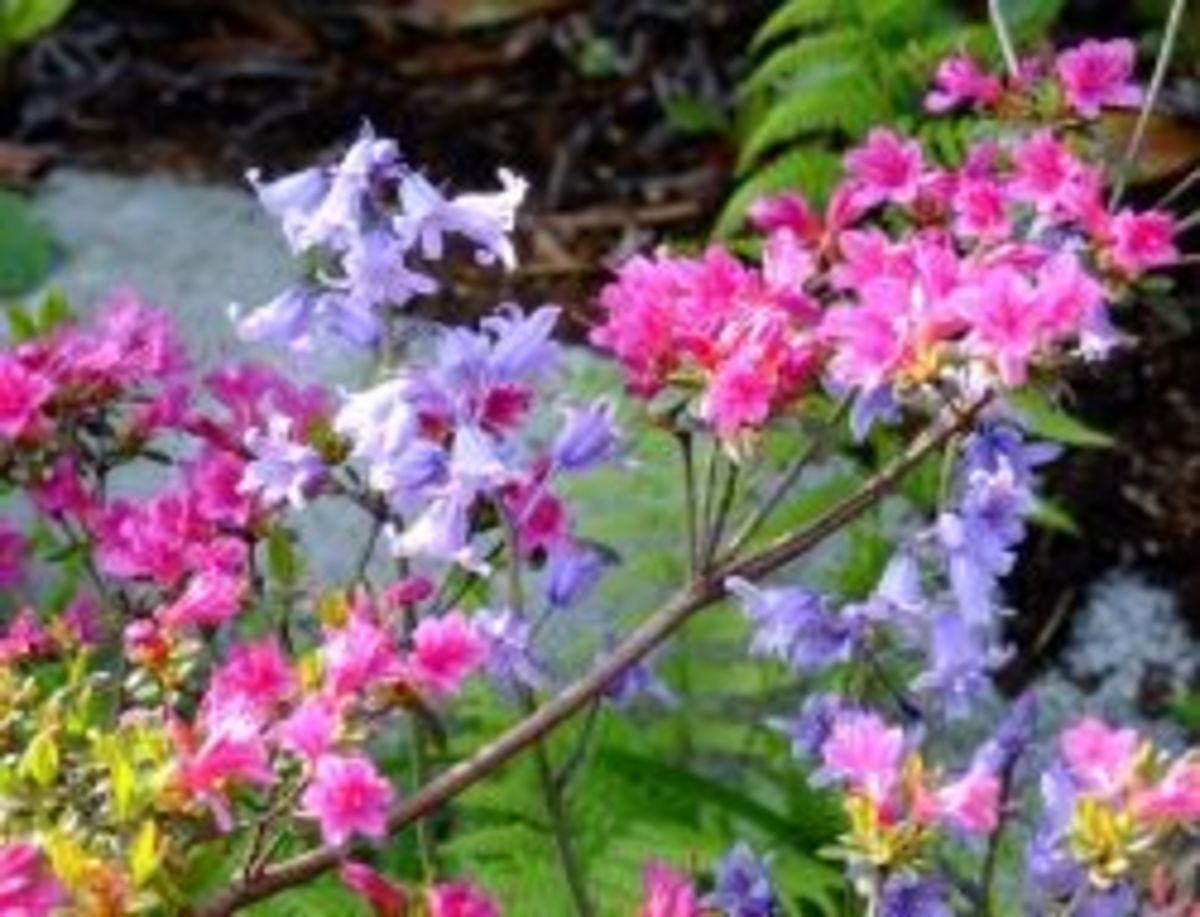Teaching Basic Gardening to Kids: Transforming the Garden Into An Experimental Lab (Photos)
Gardening Benefits for Kids
Why should you even be concerned with teaching basic gardening to kids?
For starters, when you include your children in your gardening projects, you have a tailor-made teaching opportunity. For instance, they can develop basic science or math skills such as estimating, graphing, charting or predicting, just to name a few. If you are wondering how this works, here's what happens:
- Science: When you teach them the difference between herbs and spices, they learn about botany.
- Math: Geometry comes into play when you calculate the area and volume of your containers to determine how much growth medium you'll need.
- Math: For younger gardeners, teach prediction by asking them to guess how many seeds are in a package. Open the package and count the seeds to test their predictions.
The more time you spend gardening with your kids, the more opportunities you will find for inserting mini life lessons into the process of gardening. In addition, your kids benefit from:
- Better nutrition: The foods are fresher and pesticide free.
- More physical activity: Getting kids up and moving is an essential way to increase their overall health and strengthen their immune systems.
Basic Gardening for Kids Image Gallery
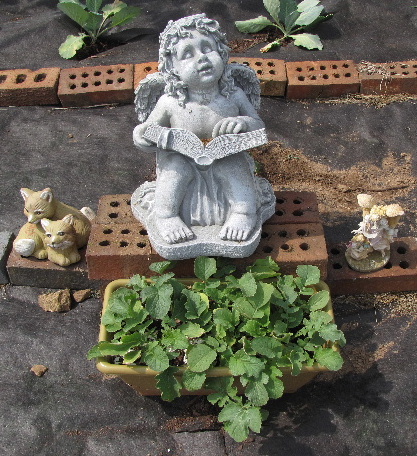
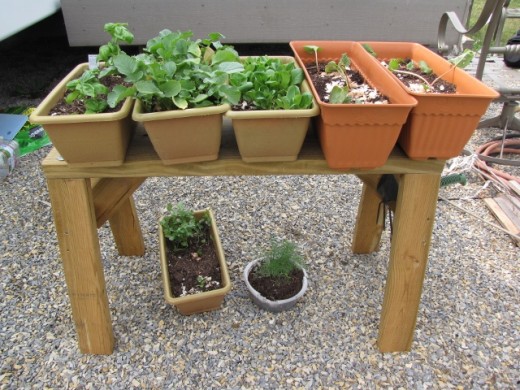
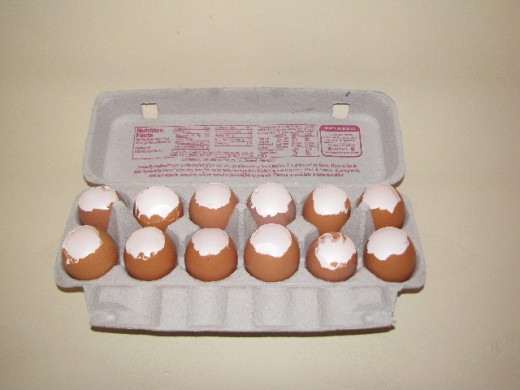
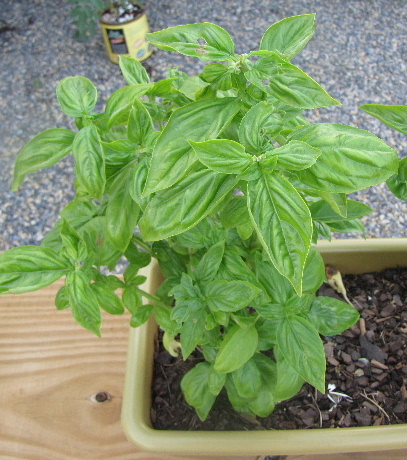
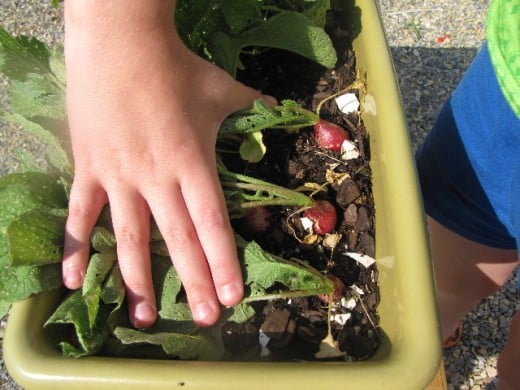
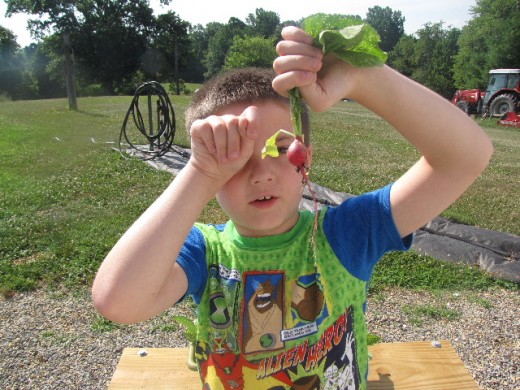
Getting Your Kids Started in Gardening
The garden in these pictures consists of planters containing herbs such as cilantro, basil, and dill and vegetables such as radishes and lettuce.
Total investment for the garden was about $20 because we did not have any planters we could recycle so we had to buy them, and we decide to buy seedlings instead of starting from seed as we had in previous years.
While you want to offer them advice and suggestions, let your kids own this project. This means letting them pick the vegetables they want to grow and the types of container they want to use.
Insist that they own the responsibility of caring for the garden as well. Even preschoolers can fill a planter with soil (under adult supervision, of course), and they will love digging into the dirt to plant the seeds or seedlings.
Watering plants is loads of fun and your only chore will be keeping them from drowning the seedlings with too much water.
Teach them how to recognize the first true leaves, how to thin the plants, and encourage them to record the plant's growth in a daily garden log.
Watch their interest level and excitement grow as the plants begin to mature, and let them share the fruits of their labor by incorporating their vegetables and herbs in the family meal plans.
Here's some tips for success for your container gardens:
- Recycle container from previous years, but sterilize them with a weak bleach solution before using them to avoid crop contamination or failure. Adults should do this step.
- Growth medium will furnish more consistent results than soil.
- If you are working with preschoolers, seedlings are the best choice because these tiny gardeners do not have the patience to wait for seeds to sprout!
- For elementary grade children, it's best to grow vegetables such as lettuce and radish, which mature quickly and satisfy their need for quick results and almost instant gratification.
Just for fun, save some eggshells and use them as natural planters to start the seeds. The plants will benefit from the additional calcium and for some reason, kids think growing seeds in these unusual containers is great fun!
Benefits of Gardening for Kids
Best Kid Friendly Gardens
Container gardens are tailor made for little gardeners. They are portable and inexpensive, and as a bonus, they can be planted any time of year regardless of weather.
Growing herbs such as basil, coriander, dill and so forth on a sunny windowsill can make rainy days, snow days, and long holiday breaks from school pass more quickly.
Learning to cook with freshly grown herbs is a wonderful learning experience for kids, and because they grew the herbs themselves, they are likely to be more willing to try a new food such as home-grown radishes or an exotic beverage such as herb tea.
If you do decide to garden outdoors, choose a small area and cover the soil with landscape canvas to keep weeding to a minimum. In general, kids are really excited about a new project when they first start it, but may soon lose interest and abandon it. If you don't want to be stuck weeding a large garden patch, do yourself a favor and cover the soil!
Home Grown Basil
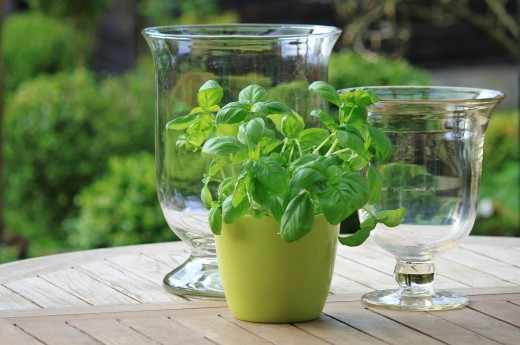
Do Your 2012 Garden Plans Include the Kids?
How like are you to include teaching basic gardening to kids in your garden plans this year?
Recommended Kid Friendly Crops for Gardens
Choose plants that germinate fast and produce fruit or taste good. Herbs and spices are fun to grow because they are aromatic but vegetables may be more appealing to young gardeners like preschoolers.
- Radishes
- Carrots
- Lettuce
- Cherry or bush tomatoes
Most vining plants do not grow well in containers as they need room to sprawl and twine, and they require lots of water to set their fruit so you may want to stay away from squash, gourds, melons or beans if you are container gardening.
Teaching basic gardening to kids gives them a life skill that they can use no matter where they live or how much (or little) money they have. With a handful of seeds and a little patch of land, they can grow healthy, delicious food for pennies.
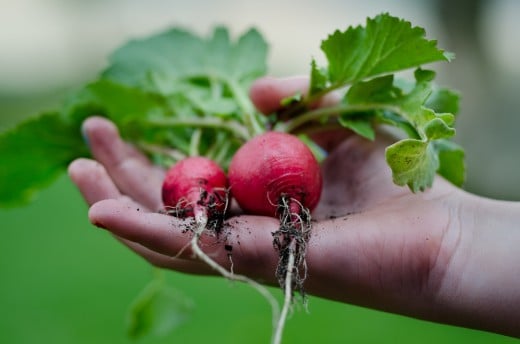
Helpful Gardening Information
- Growing Seedless Watermelon: 5 Steps to Success!
Growing seedless watermelon takes a bit of pre-planning, but it can be done in the home garden if you follow these tips. - Expert Problem Solving for Growing Watermelons
Learn how to avoid or to overcome the most common watermelon growing problems. - Tips: Growing Watermelon in a Home Garden Is Easier Than You Think!
Essential watermelon growing tips for the home gardener. - Tips: Growing Watermelon in a Small Garden in 5 Easy Steps
Yes, you can grow watermelon in even the tiniest garden! Here's a proven technique that's easy and inexpensive to implement.
This content is accurate and true to the best of the author’s knowledge and is not meant to substitute for formal and individualized advice from a qualified professional.
© 2012 Donna Cosmato

